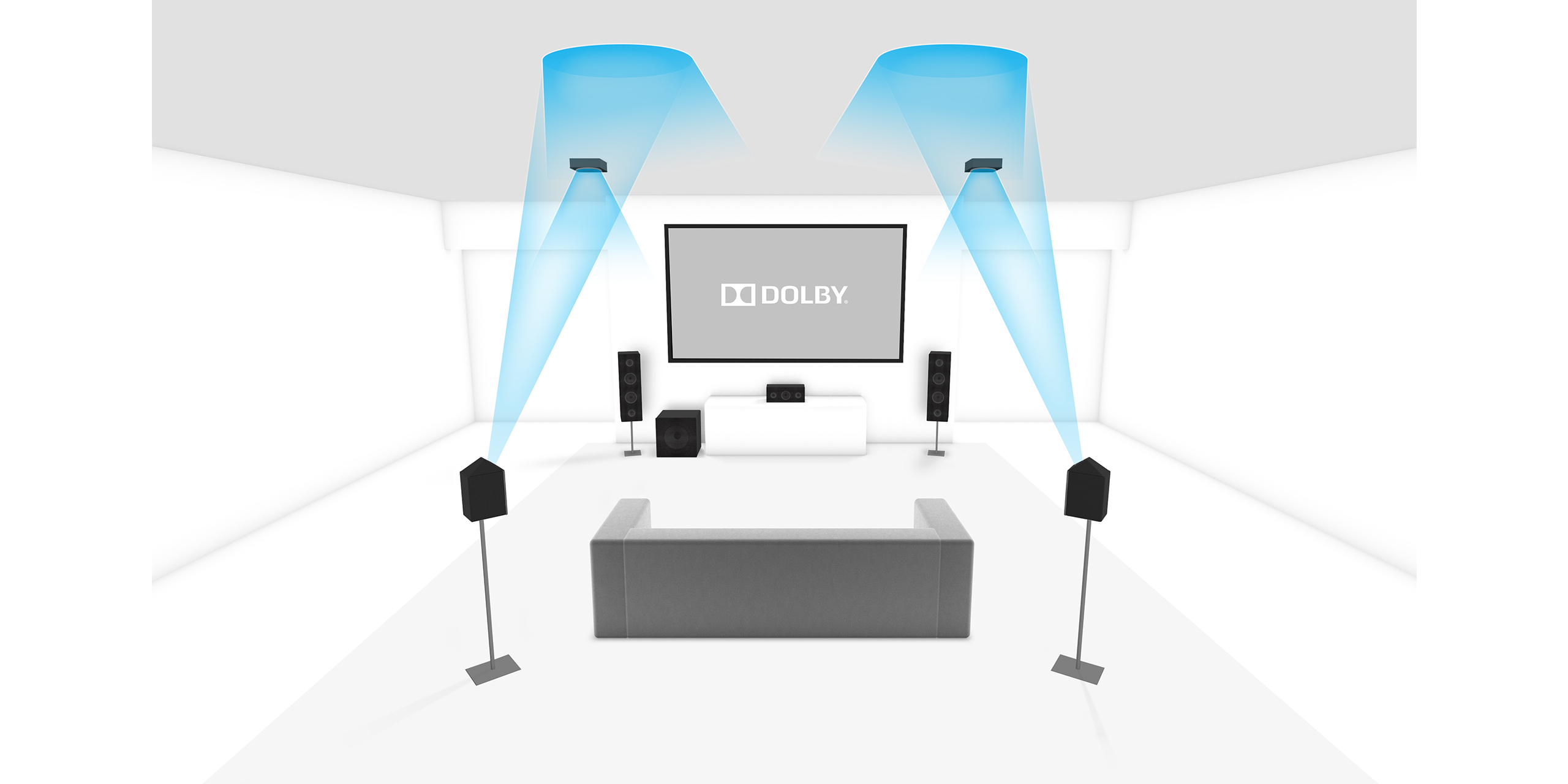
You really can have too much of a good thing. We’ve been champions of Dolby Atmos since the very beginning, and we love this ultimate example of surround sound cinema heaven. But suddenly, Dolby Atmos is everywhere. And while we love to see the standard supported by more and more home cinema amplifiers and speaker packages, its appearance on cheap soundbars, TVs and even smartphones has us worried – that’s not the Atmos we know and love.
After all, how can these products possibly deliver the true three-dimensional sound Atmos promises? And, if people believe that’s what the next-gen sound format is all about, what chance do we have to convince them that they can do so, so much better? This is why seeing the Atmos badge on anything and everything is no good thing.
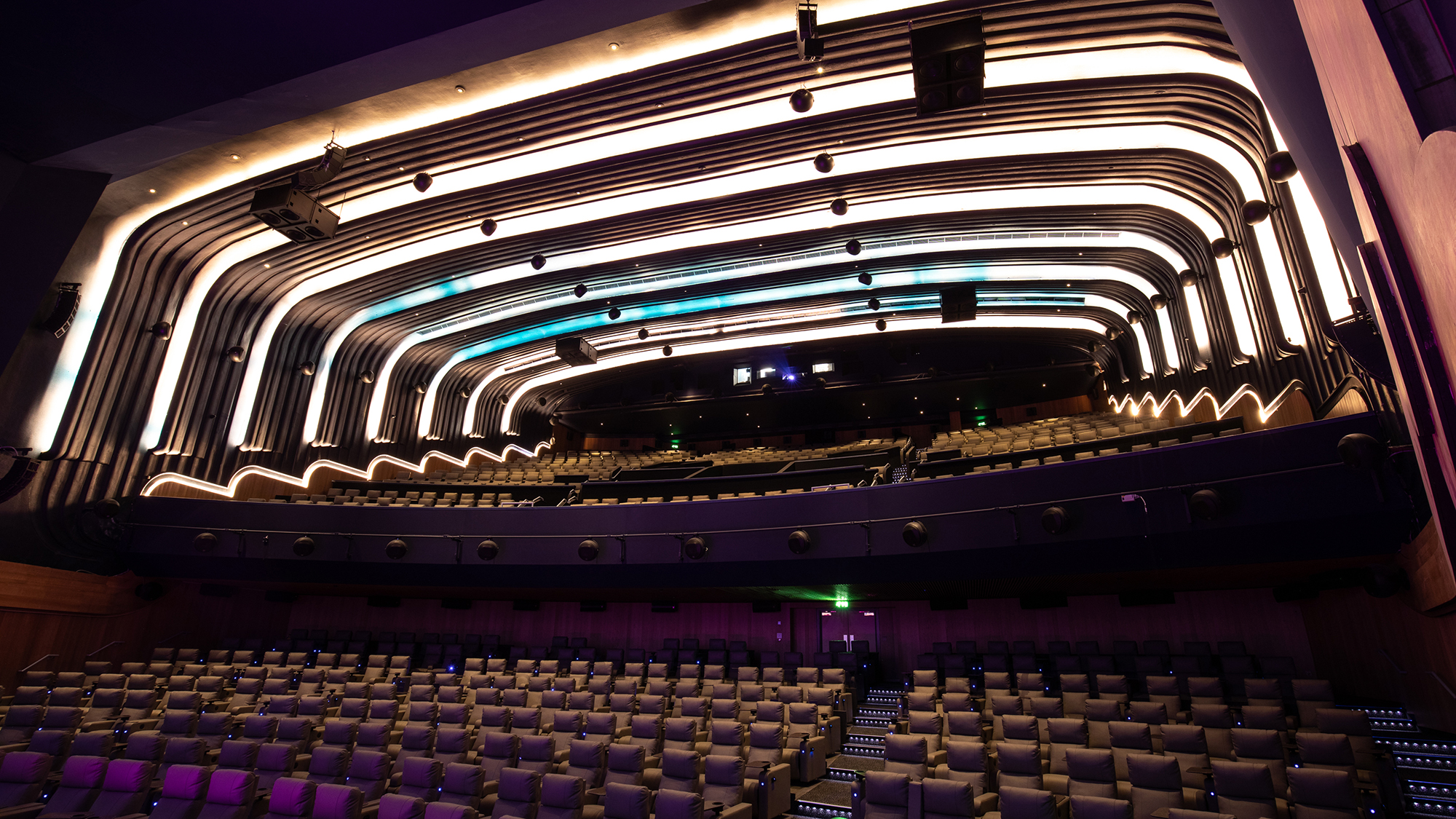
Dolby Atmos began in cinemas, with Dolby calling it "the most significant development in cinema audio since surround sound” – and we wouldn’t argue. It expanded upon what had become the standard 5.1 and 7.1 surround sound formats to add height channels. Using speakers placed along walls and, crucially, in the ceiling, you really did have audio channels firing at you from every direction.
There are an incredible 400 speakers in what was the UK’s first Dolby Atmos cinema, the Odeon in Leicester Square (pictured above), giving a staggeringly immersive sound experience. If you’ve heard it in action then there’s simply no arguing that this has taken cinema sound to a whole new, brilliant level. This is what Dolby Atmos is all about.
Of course, most of us probably aren’t in a position to build a 400-speaker cinema at home. Nevertheless, bringing Dolby Atmos to the home in some form or other made perfect sense. Having created this clever technology, which could expand home cinema sound into a new dimension, why wouldn’t we want this tech to trickle down to things we could use and actually afford? Bring it on.
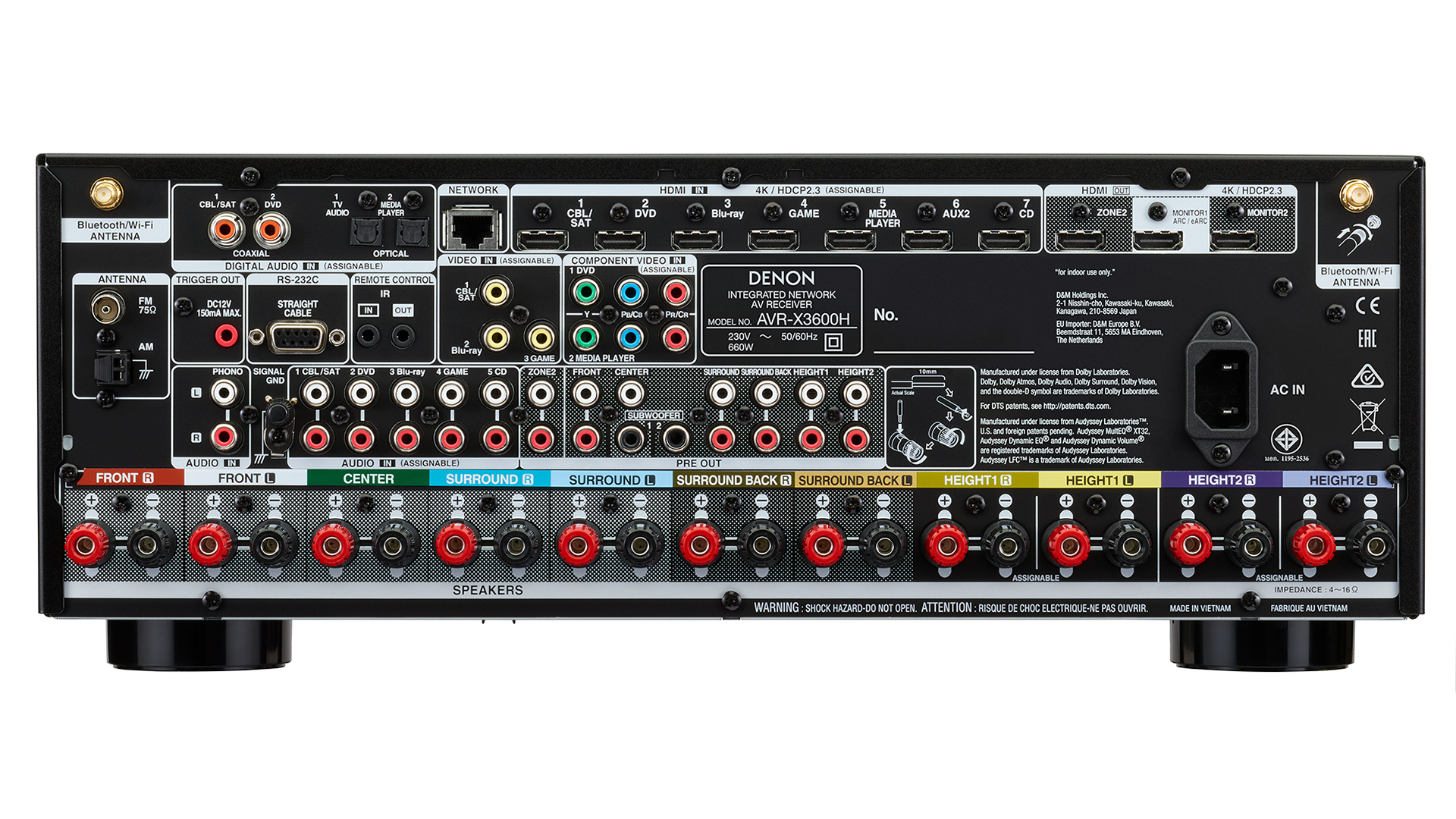
Atmos for the home arrived with certified AV receivers and the necessary content on Blu-ray, with the first Atmos disc to be released being Transformers: Age of Extinction in 2014. To enjoy the true effect you needed speakers in your ceiling. These are the crucial ones in our minds. And this is the third figure in a Dolby Atmos system: 5.1.2 denotes two ceiling speakers; 7.1.4 means four, for example. And we were very happy indeed.
If you didn’t have the ability or desire to put speakers in your ceiling, which is understandable, you could also explore the option of upward-firing speaker modules. These are placed on top of your standard surround sound speakers, and attempt to replicate the job of a ceiling speaker.
Get the What Hi-Fi? Newsletter
The latest hi-fi, home cinema and tech news, reviews, buying advice and deals, direct to your inbox.
KEF, Elac, Elipson, Focal, Tangent and others all offer Atmos modules. And… we are sort of OK with that. It was, after all, more realistic and more affordable, and there was still logic to how these modules would offer more ‘height’ than standard speakers, due to the angle of the drivers.
But that turned out to be the tip of the iceberg. Dolby Atmos speaker systems and upward-firing modules were soon joined by Atmos soundbars. Now, can a single unit, placed horizontally under your TV, really deliver Dolby Atmos?
Think back to that 400-speaker cinema experience. While we know we can’t replicate that at home, for it to be called Dolby Atmos, we should surely get close. What would that mean? We think it means immersive, encompassing sound that comes from above as well as in front and behind. From a soundbar, that’s really tough.
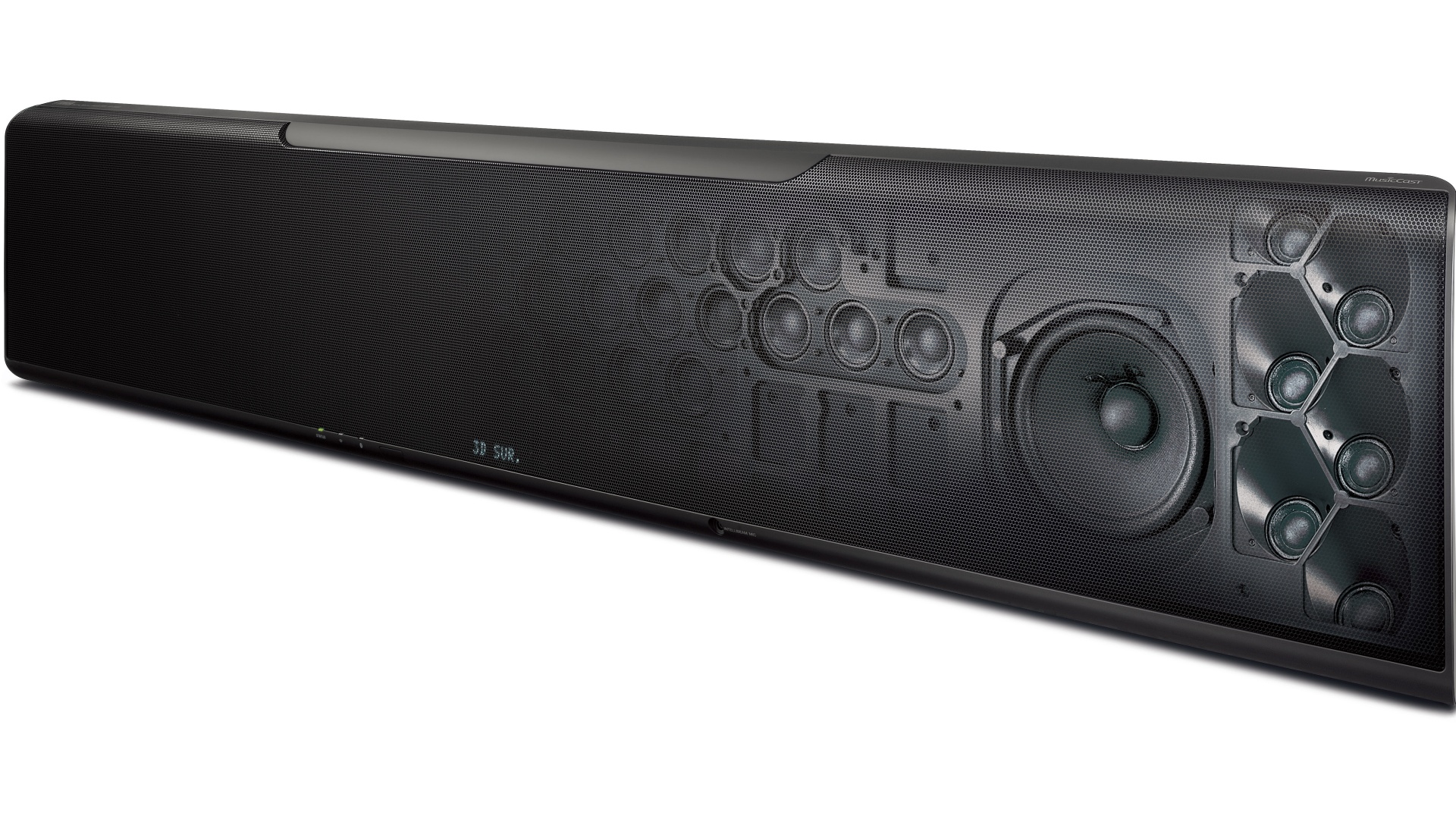
The promise of surround sound from a soundbar isn’t new. Yamaha was, and remains, one of the class leaders when it comes to cinema sound from a single box. The company’s DSP (digital signal processor) technology pioneered delivering surround sound from a soundbar with the Yamaha YSP-1. It used processing, your room’s walls and a plethora of compact, angled speaker drivers to fire sound around your seating position.
We rated many of those Yamaha soundbars very highly, while always confirming they were an alternative to ‘true’ surround sound. A convenient and welcome addition to the market – but a compromise compared to 5.1 speaker systems.
Fast forward to 2020 and not only have soundbars improved with time, but you can also find any number of Dolby Atmos soundbars on the market – with the option to spend a little or a lot, and now including multi-room soundbars such as the new Sonos Arc. So these aren’t just offering surround sound but something, apparently, that can hold a candle to what Atmos promises to deliver.
The best we’ve heard, such as the Sennheiser Ambeo and the Sony HT-ST5000, really are impressive (and expensive) – and we’d heartily recommend them. But… we still wouldn’t say they match an Atmos system with multiple speakers positioned around your room.
That said, our real issue is with the cheaper models, which simply aren’t delivering anything approaching Dolby Atmos sound. One key factor is the lack of upward-firing drivers: if your soundbar doesn’t have these, it will be that much harder to replicate any height effect. So while Sony’s HT-ST5000, which has two upward-firing drivers, delivers the goods, the much cheaper HT-ZF9, which doesn’t have any, really doesn’t manage to do that. It’s a good soundbar but is it Dolby Atmos? Not in our book.
And this is the tip of the iceberg. There are now Dolby Atmos TVs from LG, TCL, Vizio and more, proclaiming Atmos straight from your TV’s speakers. Even tablets and smartphones now come with Dolby Atmos support. Will these products really “move sound all around you” and add “an overhead dimension”, two of the key pillars of Atmos according to the Dolby website? We’re not sure.
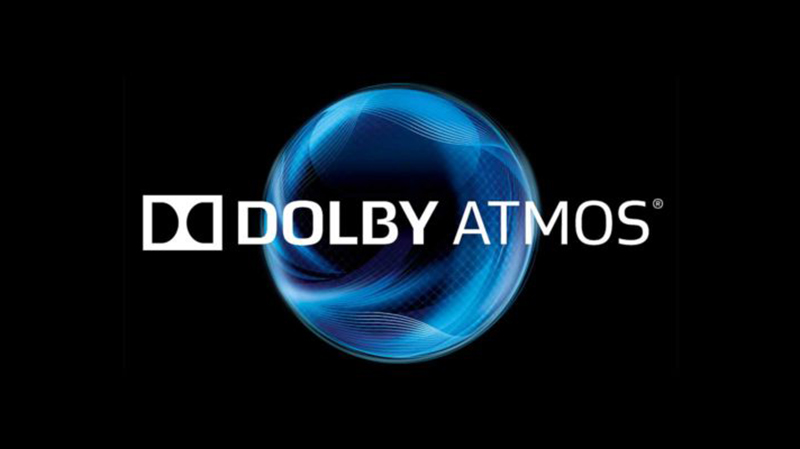
While we’re of course in favour of ways to hook new consumers into exploring and enjoying better quality sound, does a watered-down version of the technology serve the right purpose? Or does it leave consumers, who are unwittingly using a poorer version of the product, neither impressed by the tech nor inclined to explore the more advanced examples of the form?
Of course, this phenomenon is nothing new. From HD, to high-resolution audio, 4K and more, we’ve seen new technologies launched and then subsequently diluted – in part in the name of making them accessible, but often done in a way that’s unsatisfying, confusing and potentially damaging. Should high-resolution headphones really be a thing? Maybe you remember the confusion of HD Ready? What about 4K Mastered? We’re not sure any of this is helpful.
Dolby itself is no stranger to this technique. In fact, you can go back to the company’s beginnings for a good example. Released back in 1965, Dolby A was the first professional noise-reduction standard, and used four intricate filters to reduce unwanted tape noise. Naturally, Dolby wanted a version for home use: enter Dolby B, a much cheaper but also much cruder take on the original noise-reduction tech.
Ultimately, this all comes down to the fact that Dolby is a licensing business. Dolby wants brands to pay to certify its products and display the logos, and on as many products as possible. And when exciting new advancements arrive, such as Dolby Atmos (or Dolby Vision), we too want to see as many products as possible, as well as the content. We just wish the quality bar was kept a little higher.
The true Dolby Atmos experience is grin-inducingly brilliant. If you haven’t done so yet, you really should experience a Dolby Atmos cinema. And we’re thrilled we now have the ability to bring some of that magic into our homes – the best home Atmos systems do just that, adding, literally, a whole new dimension to surround sound.
But that’s why if you do want Dolby Atmos in your home, we implore you to do so with the best possible products you can accommodate. Otherwise you aren't doing the technology justice.

Joe is the Content Director for What Hi-Fi? and Future’s Product Testing, having previously been the Global Editor-in-Chief of What Hi-Fi?. He has worked on What Hi-Fi? across the print magazine and website for almost 20 years, writing news, reviews and features on everything from turntables to TVs, headphones to hi-fi separates. He has covered product launch events across the world, from Apple to Technics, Sony and Samsung; reported from CES, the Bristol Show, and Munich High End for many years; and written for sites such as the BBC, Stuff and The Guardian. In his spare time, he enjoys expanding his vinyl collection and cycling (not at the same time).
-
jacobmorrison I agree with most of this but it's odd that What HiFi choses to make a stand against the dilution of Atmos whilst apparently accepting and therefore endorsing the marketing associated with other initiatives.Reply
"Should high-resolution headphones really be a thing? " Of course it shouldn't. Is high resolution audio more about better mastering than the benefits inherrent to the medium? Arguably. Has this publication ever looked into this properly? No.
"Maybe you remember the confusion of HD Ready?" I certainly remember reading articles from other magazines at the time insisting that for typical viewing distances full HD provided no real improvement over HD Ready, but time marches on and marketing is a numbers game. I jumped straight from HD Ready Pioneer plasma to 4K OLED, happy to have done so too, but i wouldn't have abandoned my Kuro for a full HD LCD despite this magazine raving for years about the picture quality of the latest Samsungs. Has this publication ever criticised the resolution upgrade wheel to which we all seem to be tethered? Not to my knowledge.
As the article says, Dolby don't make the equipment, and so they don't put gear up for review, or spend money advertising their gear with publications such as What Hifi. Maybe this makes them an easier target. I do agree though, Atmos is being devalued by this approach. -
SMPTE.Technologist This critique of Atmos is far too kind to Dolby.Reply
Dolby USED to be a technology company. They had scientists, they did research, they produced products that worked, even though many audio professionals thought them to be unnecessary. Remember Dolby SR? This was Dolby's Cinema sound "response" to digital sound in other venues. Dolby engineers in Hollywood notably made increasingly lame arguments about how digital soundtracks weren't needed for films. Dolby even engaged THX founder Tomlinson Holman to help make this argument to the film studios. As digital sound on film provided other necessary advances besides signal:noise, Hollywood rightfully rejected the Dolby position.
Keep in mind that Dolby Stereo was not even a Dolby invention, but the results of work at Eastman Kodak to make available a stereo variable area (SVA) optical track. Dolby added their own Dolby B noise reduction, a Lt/Rt encoder/decoder (also hijacked from elsewhere) and "Dolby Stereo" was born.
Dolby was the last company to finally embrace digital on film, and as a result had the worst digital implementation with heavy data compression and a bitstream located between the sprockets, and area of high film damage.
As digital cinema began to take hold Dolby realized it was only a matter of time when "Dolby encoding" of any kind would no longer be required.
At that moment lots of work had already been done on immersive sound, with two systems commercially available. Auro-3D, a company in Belgium and the Japanese NHK 22.2 system. Both used a second, higher array of surround speakers on the walls in the cinema. When Dolby started to panic about these efforts that were getting commercial traction, Dolby purchased a French company that had patents in the area of immersive sound and voila! Dolby Atmos!
Atmos in the cinema suffers from a serious psychoacoustic shortcoming. The ability to do immersive sound works much better from wall-mounted speakers, not overhead. We don't localize well to overhead speakers. Even with you put dozens of them in. However Dolby out marketed Auro-3D even with much worse technology. And the DTS-X technology (along with work done by German technologists Fraunhofer) is substantially better than latecomer Dolby But here we are.
A similar story exists with Dolby Vision, for another day. Note Dolby didn't research or "invent" Dolby Vision, either. . . .
Dolby is now only a licensing company. How can a movie theater with 60+ loudspeakers called "Atmos" be anything like a cheap mobile phone that says "Dolby Atmos" on it? It CAN'T. As a result as the article notes virtually ANYTHING can be called Dolby Atmos, Dolby Digital, Dolby Vision, Dolby Cinema with NO standards being attached. The corruption of the home media business which arguably began with "Monster Cable" is now virtually complete. And with the collapse of the standards process (the Society of Motion Picture and Television Engineers SMPTE only now exists to "document" standards written by the manufacturers) there is no attempt to even TRY to employ the best technology into these products. -
DELBOY14 It's wasted on most people, as soon as you say that you have Atmos, everyone assumes you have a sound bar, when you tell them you have 7.1.4 system, they say you wasted your money as their sound bar is just as good. The industry has shafted Atmos just like it shafted Vinyl all those years ago, " CD is better, no crackles and can't be damaged with better sound reproduction", all to line there own pockets, if only the world was square then they would all fall off.Reply -
Fandango Andy I think people get hung up on titles. "its Atmos so it must be good". A few months ago a friend demonstrated his new Atmos system to me. He had spent over £1,500 on an Arcam amp and hooked it up to a myriad of satellite speakers. To add to the problem, he was in the corner of a cavernous open plan room.Reply
Yes, the sound came from all around, but it lacked depth, character, and tone. It was hollow bordering on tinny. My system (in a smaller room) sounds a million times better. I have a 7.1 system, with decent speakers, all for about half the price of his amp. I also know of somebody who has an Atmos amp that he is running at 5.1, oblivious to what Atmos is.
I know that in the right room, with decent speakers, and set up properly, their Atmos systems will blow my 7.1 out the water, but so many people think buying a fancy amp with the right TM is all there is too it! -
Matt0001 @DELBOY14 .. the comparison to CD vs vinyl is not the same. CD was a genuine step forward for the majority of people. Convenience and a kiss goodbye to those cracks and pops were good reasons for many to move. Whilst I know vinyl can sound amazing, be crack and pop fee, it has its own set of issues from limited dynamic range to "de-essing", monoline bass and the sound quality dramatically changing from the outside of the record to the inside. Those limitations were gone with CD.Reply -
SmallQuadruped How do headphones with the Atmos plugin compare to a soundbar? I rent an apartment and don't have a lot of money, but would like to try the best audio experience I can manage with what I have.Reply -
simontompkins I very much enjoyed your discourse. I would add that the current price for Dolby Atmos (and indeed 4k players) is very high. If I head over to Richer Sounds, the price on the second highest page of spekares is around the price of Dolby Atmos speakers.Reply
In other words with an older technology you can get almost the premiere product for that technology. Perhaps I'm mistaken but the reduction in orice DVD players went down much faster than Dolby Atmos systems seem to. Also, I feel that the cost of 4k players has also been slow to come down.
I have just got the rather excellent Panasonic GX 800 (thanks to you at What Hi Fi for the veryhelpful reviews that led me there). The new TV cost £650.00. When I look at the cost of Dolby Atmos it often exceeds the price of the TV and given that you can get speakers for lann than a hundred (all the way up to a few thousand) I just don't belive the continued premium price for Dolby Atmos is at a price I think is reasonable to pay. So I wait but I seem to haited longer than usual for the 4k players to come down and the same thing seems to be happening with Dolby Atmos.
Of course one of the isuues presently is that with many people staying at home, there are more people buying Dolby Atmos at the nascent stages of the technology.
Europeans have, for example, bought cutting edge PC's and laptops at a far ealier stage and for greater amounts than, for example, the US market.
However, that is about the economics rather trhan the substantive experience of actually experiency Dolby Atmos. The implicoit message in you piece is that companies that sell DOby Atmos speakers are more interestsed in making a profit than in manking a profit and actually delivering a new sensory experience
On a personal note may I ask if you explain a little more about ceinling speakers. I live in a ground floor flat and (aside for the current cost) would love to buy a set of decent speakers. However, I do worry about the ceiling speakers and also, if the speakers transmit sound so effectively, are they likely to be oppressive to neighbours. Simply put, if I play a set of Doby and then non-Dolby Atmos speakers at the same volume will it be the same for the neigbours.
In any case thank you for a very interesting article.
